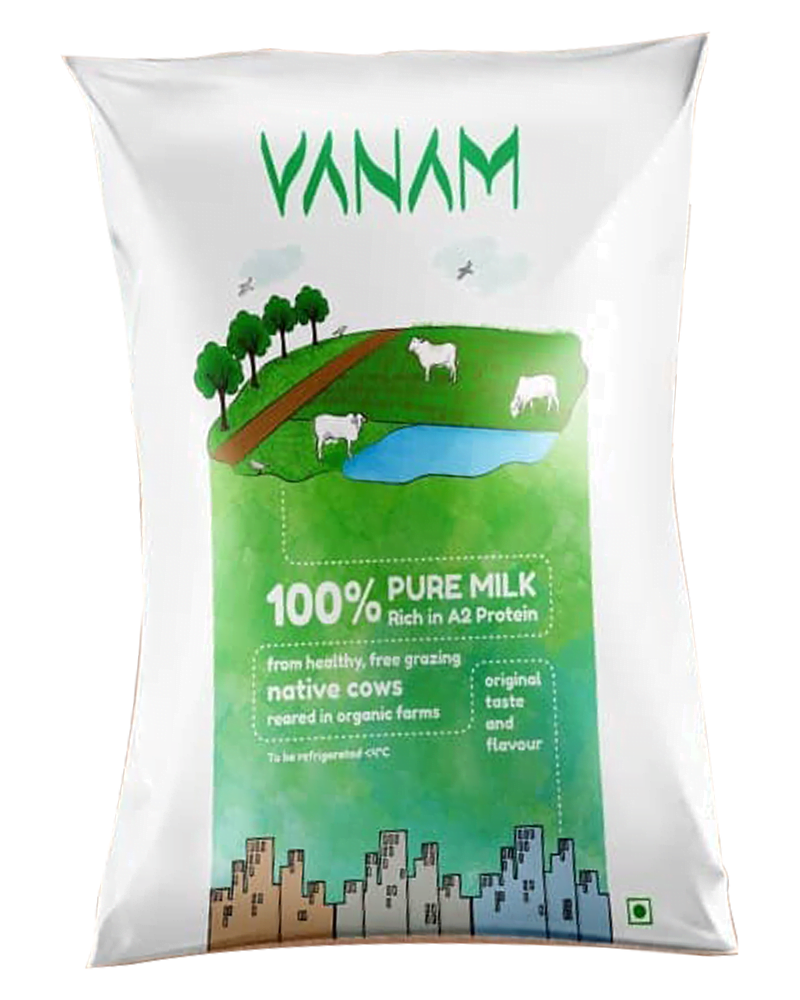Description
The History and Cultural Significance of Butter
Butter, a staple in kitchens worldwide, boasts a rich history that dates back to ancient civilizations. The earliest evidence of butter production can be traced to 2000 BCE in the Mesopotamian region, where early agricultural societies discovered the process of churning cream to produce butter. This newfound food product quickly gained popularity due to its rich flavor, nutritional value, and versatility in cooking.
As societies evolved, so did the methods of butter production. In ancient Rome, butter was considered a luxury item, often used as a medicinal ointment or cosmetic application. However, it was in the medieval period, particularly in Northern Europe, that butter solidified its place in daily diets. The colder climates of these regions allowed for better preservation of dairy products, making butter an essential component of the local cuisine.
The advent of modern dairy farming in the 19th century marked a significant milestone in the history of butter. Innovations such as the cream separator and the introduction of pasteurization revolutionized butter production, ensuring higher quality and safety standards. This period also saw the industrialization of butter manufacturing, making it more accessible to the masses and transforming it from a luxury item to a common kitchen staple.
Butter’s cultural significance extends beyond its culinary uses. In many cultures, butter holds a symbolic meaning in religious and ceremonial practices. In Hinduism, clarified butter, or ghee, is considered sacred and used in various rituals and offerings. Similarly, in Tibetan Buddhism, butter is used to craft intricate butter sculptures for religious ceremonies.
The folklore and traditions surrounding butter are equally fascinating. In Scandinavia, butter has been historically associated with prosperity and fertility, often featured in wedding rituals and celebrations. In Ireland, the practice of “butter churning” was steeped in superstitions, believed to ward off evil spirits and ensure a bountiful harvest.
Throughout history, butter has transcended its role as a mere food product, weaving itself into the cultural fabric of societies around the world. Its journey from ancient discovery to modern-day staple is a testament to its enduring appeal and versatility.
Butter in Culinary Arts: Techniques, Types, and Uses
Butter is a fundamental ingredient in the culinary arts, known for its ability to enhance both flavor and texture in a wide range of dishes. Understanding the different types of butter and their unique characteristics is essential for any chef or home cook aiming to elevate their culinary creations.
There are several types of butter, each with distinct properties and uses. Salted butter contains added salt, which acts as a preservative and flavor enhancer, making it ideal for spreading on bread or adding a touch of seasoning to dishes. Unsalted butter, on the other hand, offers more control over the salt content in recipes, making it the preferred choice for baking and delicate sauces. Cultured butter is made from fermented cream, giving it a tangy taste that can add complexity to pastries and sauces. Finally, clarified butter or ghee is butter that has been heated to remove the milk solids and water, resulting in a higher smoke point and a nutty flavor, perfect for sautéing and frying.
Incorporating butter into recipes involves various techniques that can significantly impact the final dish. Creaming butter with sugar, for instance, is a crucial step in baking that helps create light and airy cakes and cookies. Browning butter, known as beurre noisette, involves cooking butter until the milk solids caramelize, producing a rich, nutty flavor that can enhance sauces, vegetables, and baked goods. Another sophisticated technique is preparing a beurre blanc sauce, an emulsified butter sauce that adds a luxurious texture and depth of flavor to fish and seafood dishes.
The role of butter in the culinary world extends beyond its basic uses, influencing the taste and texture of a myriad of dishes. From flaky pastries and velvety sauces to perfectly sautéed vegetables and succulent grilled meats, butter’s versatility is unmatched. Selecting high-quality butter is crucial; look for butter with a high butterfat content, minimal additives, and, if possible, sourced from grass-fed cows for enhanced flavor and nutritional benefits. Proper storage is also key to maintaining freshness; keep butter refrigerated and consider freezing it for long-term storage.
In recent years, there has been a growing trend towards artisanal and flavored butters. These specialty butters, infused with ingredients such as herbs, spices, or even truffles, offer an exciting way to elevate gourmet dishes. Whether used as a finishing touch to a steak or a unique spread for bread, artisanal butters provide chefs with new dimensions of flavor and creativity in their culinary endeavors.





Reviews
There are no reviews yet.